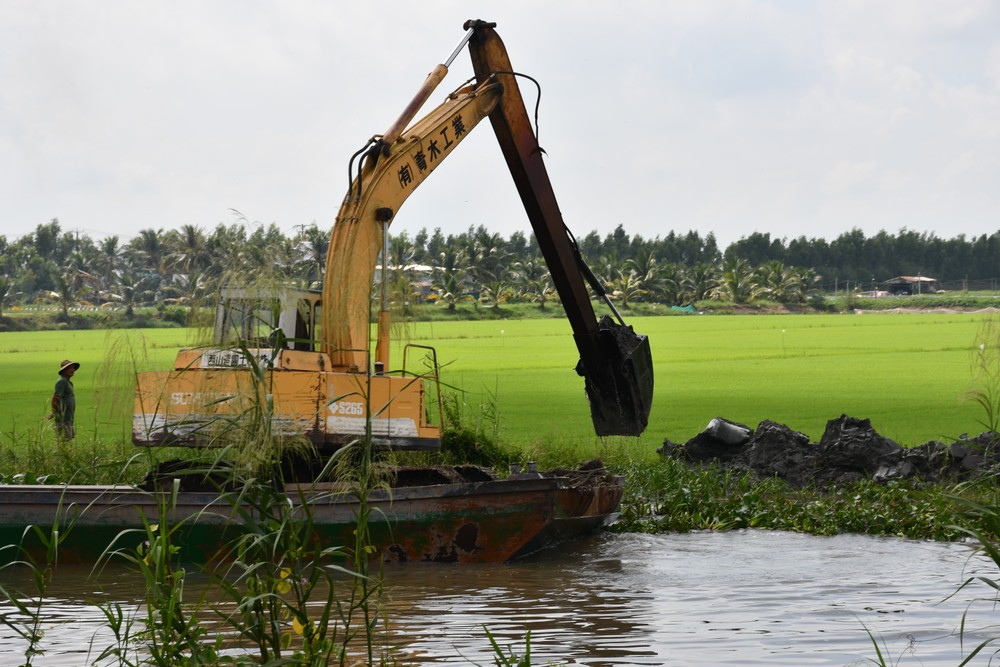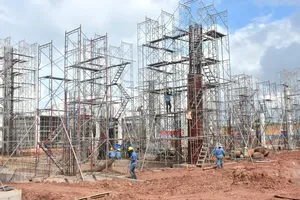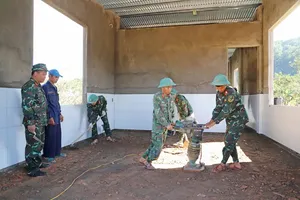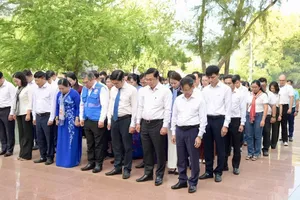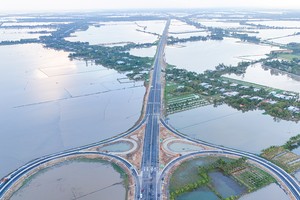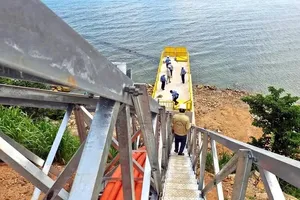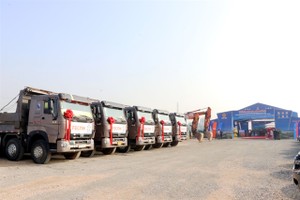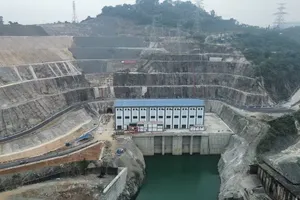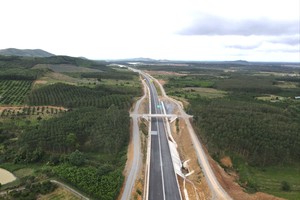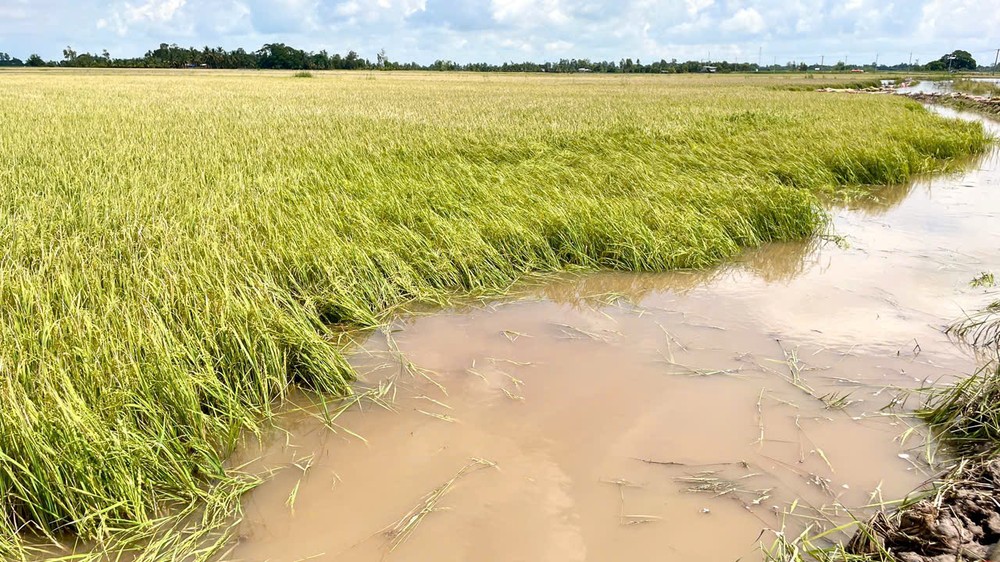
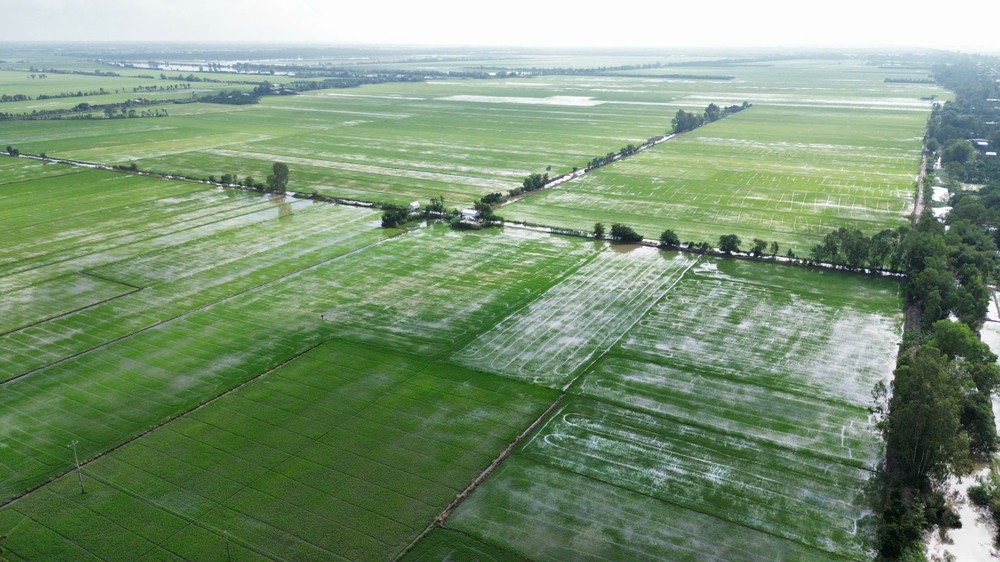
Dozens of hectares of rice fields, vegetables, and fruit trees have been submerged.
In Vinh Thanh Commune, several sections of embankments have overflowed or breached, leaving nearly 30 hectares of rice and fruit crops deeply flooded, while about 180 additional hectares remain waterlogged. In Vinh Chau Commune, thousands of hectares of farmland used for rice and vegetable cultivation are also at high risk of flooding if heavy rain persists.
Rising water levels have been recorded in Nhon Hoa Lap, Khanh Hung, Vinh Hung, and Tuyen Binh communes, putting mounting pressure on the dyke systems.
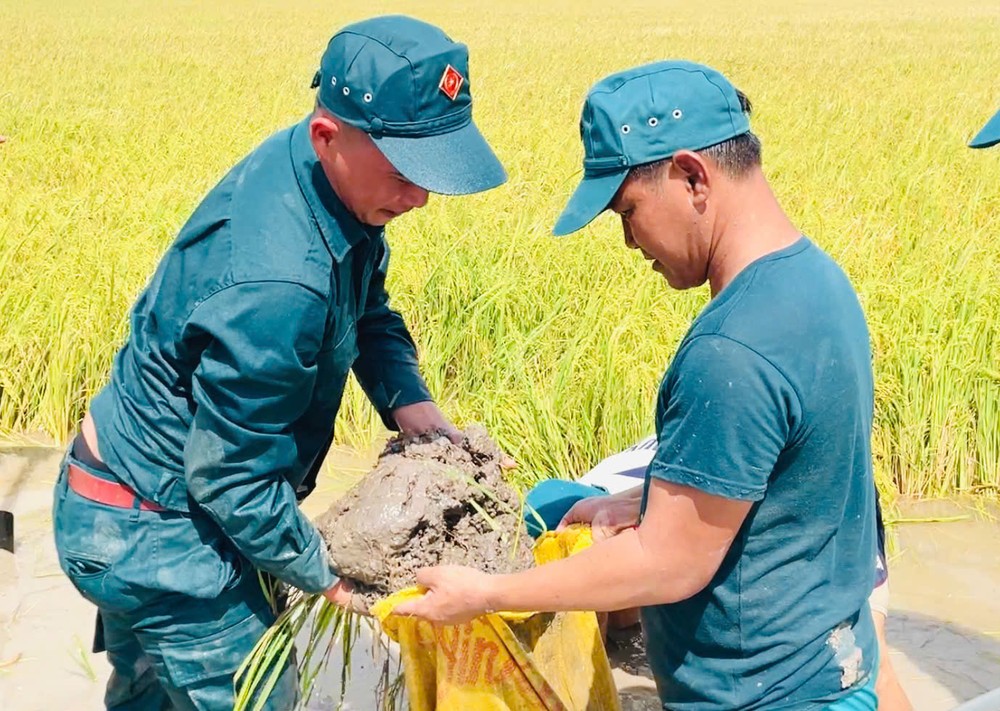
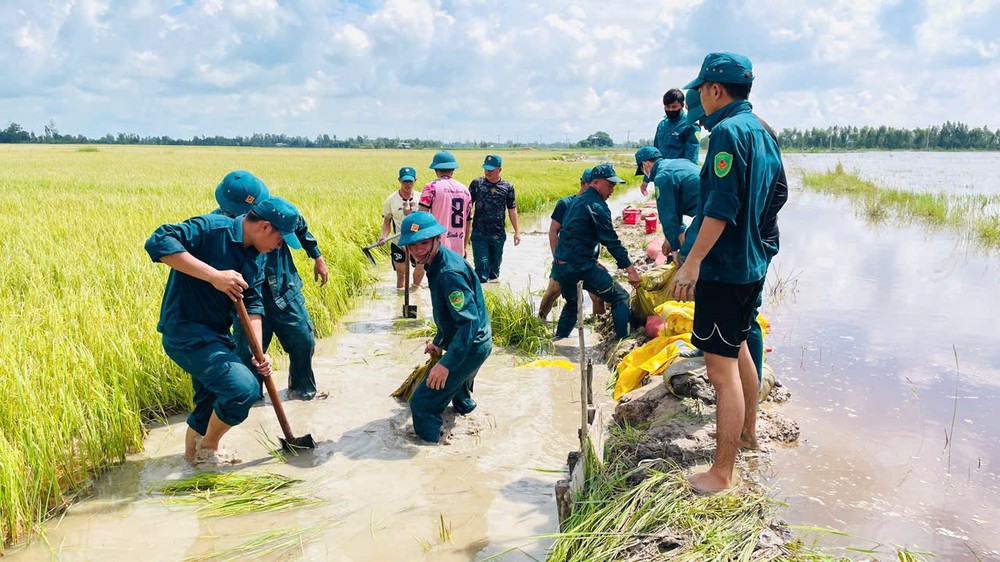
According to the provincial Department of Agriculture and Environment, water levels in the T1 canal, the 1/6 canal, and several local irrigation channels have at times risen up to two meters above field level. In many sections, water is now nearly level with the embankments, posing a high risk of overflow or collapse. Local task forces and residents are urgently reinforcing vulnerable sections using sandbags, bamboo stakes, and rock cages to protect the embankments and minimize flooding damage to the autumn–winter and upcoming winter–spring rice crops.
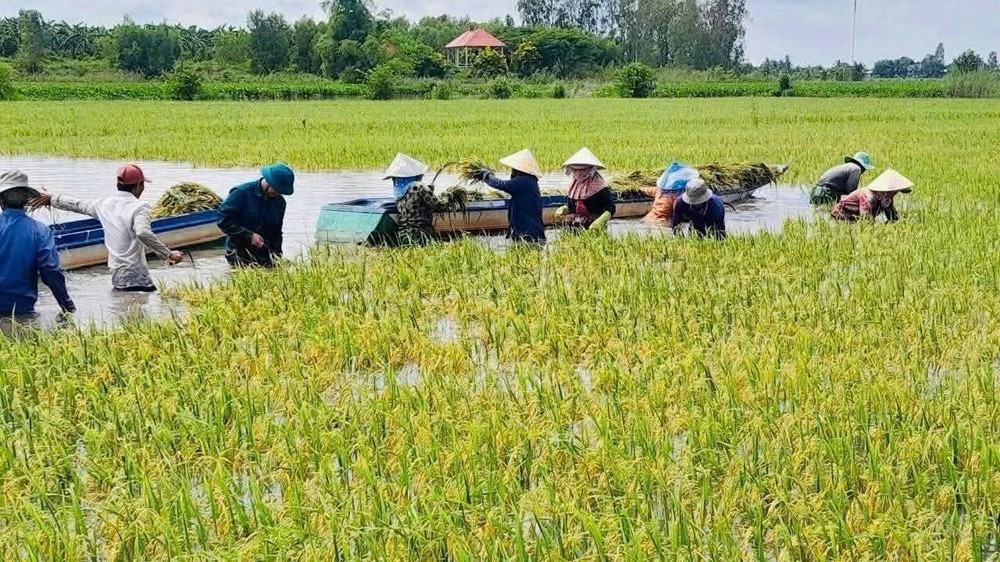
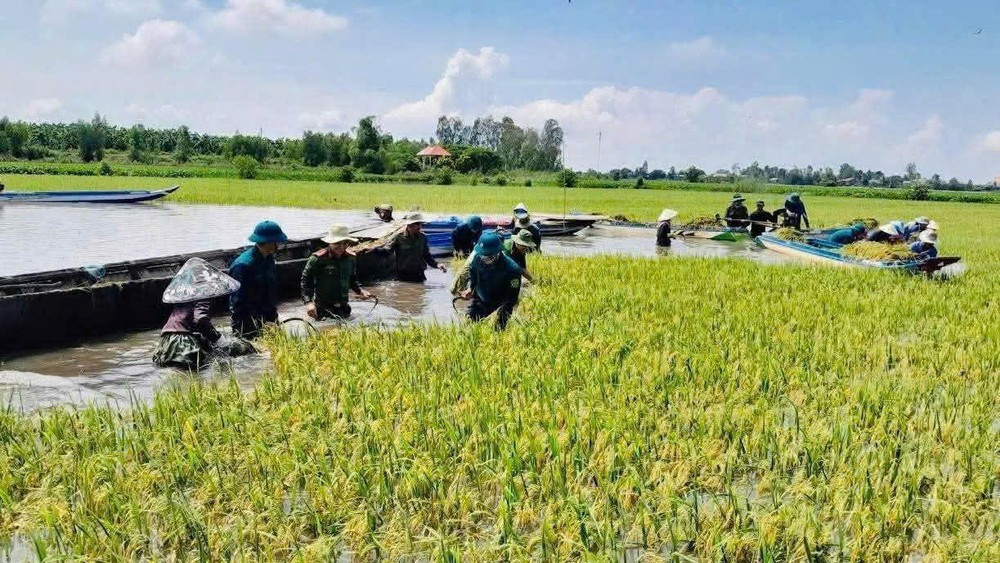
Provincial authorities reported that water levels in local canals and waterways are rising by an average of 3–5 centimeters per day, with some areas already exceeding the 2024 flood peak by over 30 centimeters.
Given the worsening weather conditions, Tay Ninh Province has issued a level-2 natural disaster risk alert, instructing localities to activate response plans under the “four-on-the-spot” principle, utilizing local forces, supplies, and means, while proactively draining water, safeguarding production, and ensuring residents’ safety.
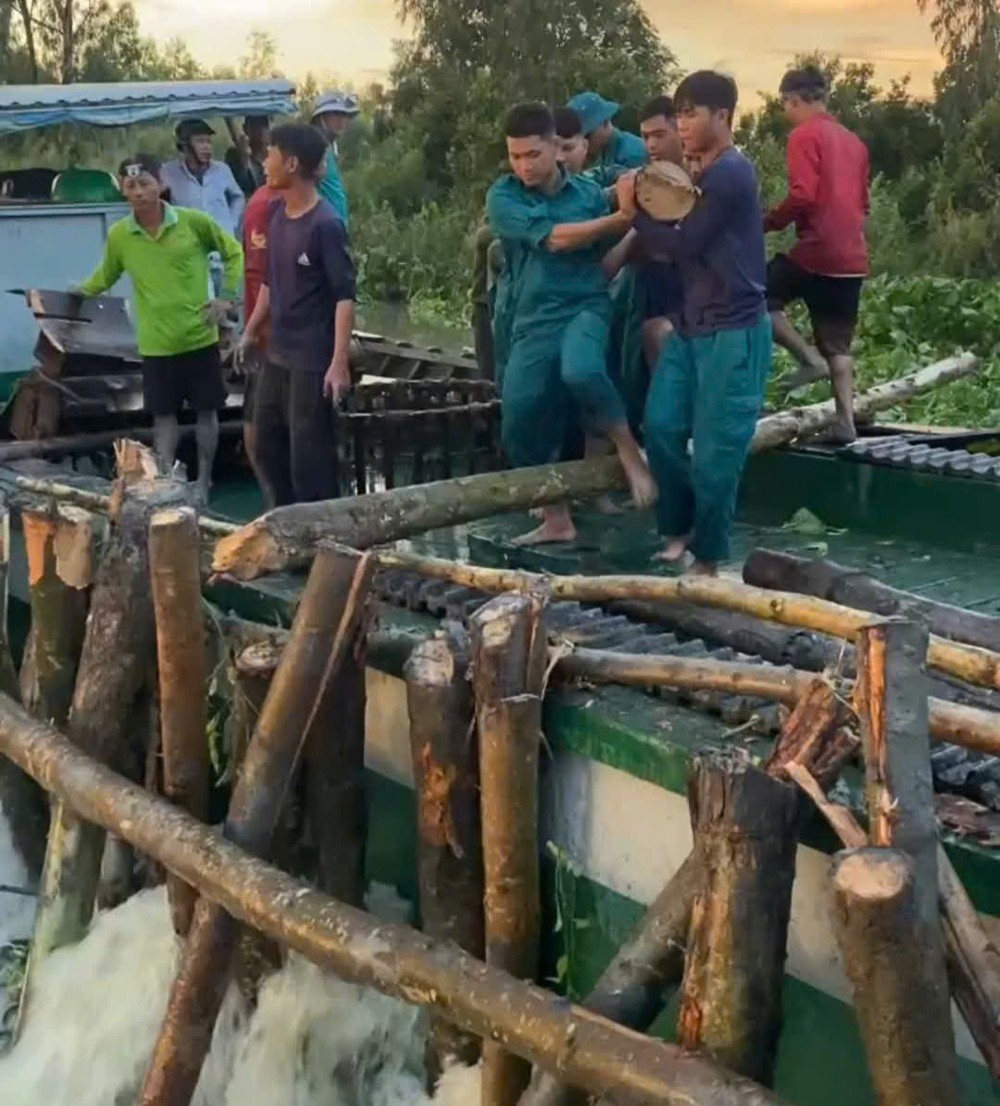
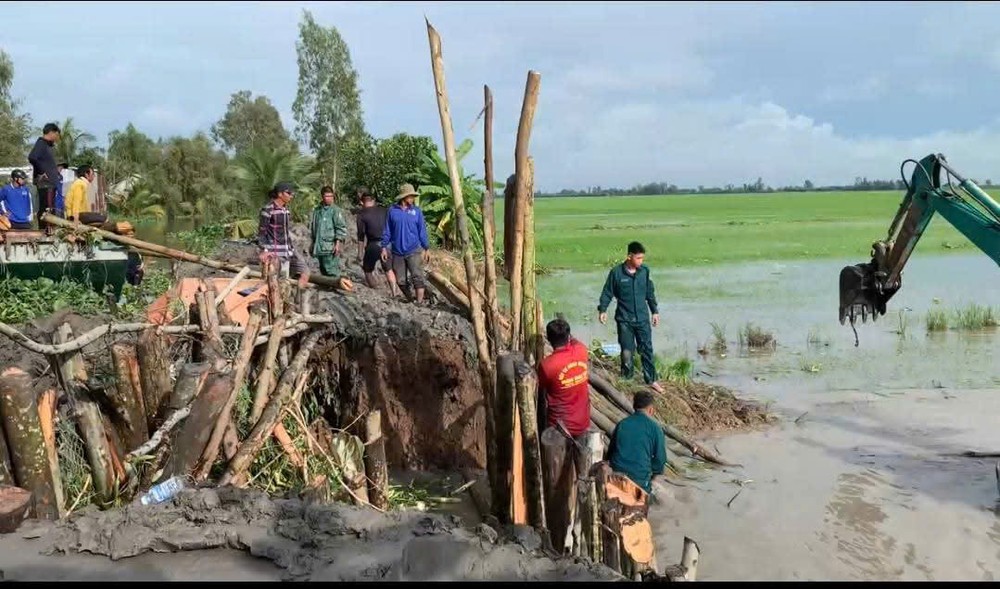
Local governments in flood-affected areas have mobilized all available resources to strengthen critical embankments and dykes, deploying residents for round-the-clock monitoring and rapid response as water levels continue to rise.
Mr. Nguyen Minh Lam, Vice Chairman of the Tay Ninh People’s Committee, emphasized that local authorities must remain vigilant, fully implement the “four-on-the-spot” approach, and mobilize forces alongside residents to reinforce vulnerable dykes and protect the autumn–winter and winter–spring rice crops.
